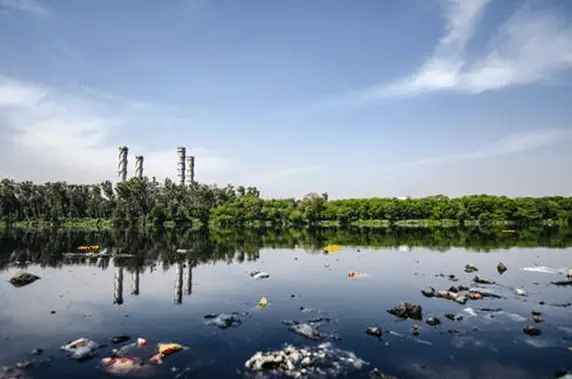Most people don’t put much thought into the water they drink or use. They just turn on a tap and go about their business. But, it is something that should be thought about. Water is vital to life. This fact alone means that attention should be given to the quality of water used every day. T

Water contains more than just H2O, tons of contaminants can find their way into the water supply. Some companies also use chemicals to treat their water. Unfortunately, these chemicals can inadvertently make people sick.
Knowing these things, it is extremely important to have your water tested before use. There are water heating companies that do extensive test on the water, for example, Bradford – you can find Bradford white manuals online. You want to make sure that it is safe to drink, use around your home, and bathe with.
What’s In Our Drinking Water
As mentioned, the water you use can contain tons of contaminants, chemicals, and other harmful matter. There are over 250 contaminants commonly found in American drinking water, all of which can be potentially harmful. However, even after knowing what ingredients are contained, you won’t understand whether they are harmful or safe. Here are a few of the most common contaminants found in the water supply.
1. Lead
Lead is a toxic metal that is sometimes found in water. It can cause major health issues and damage even at low doses. Lead can get into the water with the corrosion of plumbing systems along with the erosion of natural deposits. The level or amount of lead found in the water will depend on how long it’s been exposed to the source of the lead. The water’s acidity and temperature also play a role in the amount of lead found in the water. This is very common in public water systems. Be mindful when using public drinking fountains.
2. Chlorine
Chlorine is an oxidant added to water by major water supply companies to control microbes in the water. While this is useful, it can cause drying of the skin and hair. Chlorine can be absorbed through consumption and the skin. When bathing with chlorinated water you may also experience eye and nose irritation as the chlorine comes in contact with mucus membranes.
3. Chloramines
When ammonia is added to water that contains free chlorine, chloramines are formed. It acts as a form of disinfectant. The combination of chloramines and chlorine can have cancerous effects and should be monitored carefully when used.
4. Mercury
Mercury is a liquid metal. It can be found in natural deposits. Mercury can find its way into the water supply in various ways. This can include erosion of natural deposits, dumping from refineries, and landfill runoff. The consumption of mercury over time in small doses can cause kidney failure. In large amounts, it can prove fatal.
5. Pesticides
Pesticides find their way into the water supply through things like drains and sewer systems. If this water is then deposited back into a natural supply of water, this can be a dangerous cycle. The natural water supply is then used in the public water supply, which may not be adequately treated. The full nature of the negative effects of pesticides on the human body has still yet to be fully discovered. However, the suggestions point toward a decline in health.
6. Herbicides
Herbicides enter the water supply through the soil. This can be due to its use in farmlands and other agricultural areas. Rainfall is one of the most common ways that herbicides find their way into lakes and rivers which are then used to support the public supply. Some of these can interfere with hormonal activity and affect the reproductive organs.
Is It Safe To Use?
The truth is, some things found in water are safe to drink in small amounts. However, over time these can pose some health risks. It is better to drink water from a safe contaminate-free supply. In terms of bathing and use around the house, most tap supplies can be used. You may, however, experience things like hair loss, dry skin, and using a lot more products. This can happen with bath soaps, hand soaps, dish soaps, and laundry detergent.
Knowing what it’s in your water can help you to make a better decision about how you treat your water. It can also help you determine what types and brands of water you’d prefer to use. Be safe about the water you drink and use. When using public drinking water be especially mindful and if it can be avoided, go for a bottled option instead.
